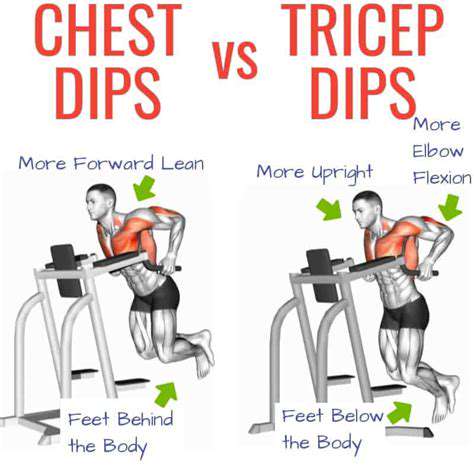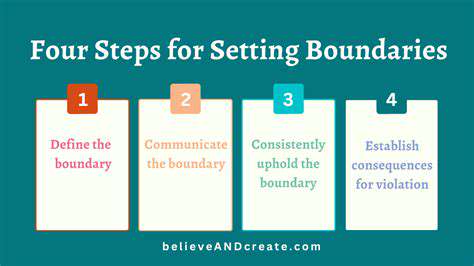Best Creative Outlets for Stress Relief and Expression
Nurturing Tranquility Through Making
In our fast-paced digital world, manual creation offers a rare opportunity to slow down and reconnect with the present moment. Working with our hands activates different neural pathways than screen-based activities, creating space for genuine mental rest. The tactile experience of shaping materials provides sensory feedback that can ground us when thoughts feel overwhelming.
Creative projects become anchors in turbulent times - the rhythmic motion of knitting needles or the focused precision of woodworking creates a natural meditative state. This isn't about perfection but about the process itself becoming a form of moving meditation, where the repetition and concentration required gently push distracting thoughts aside.
Identifying Modern Stressors
Contemporary life bombards us with invisible stressors - the constant ping of notifications, the pressure to multitask, and the erosion of boundaries between work and personal time. Unlike our ancestors who worked with physical materials, many of us now wrestle with abstract concepts and digital tasks that leave us mentally exhausted yet physically restless.
Handcrafts provide the perfect antidote to this modern malaise. The tangible progress visible in a half-completed quilt or a nearly-finished wooden box offers concrete evidence of accomplishment that virtual tasks often lack.
Embodied Mindfulness
When hands are busy with creative work, the mind naturally settles into a state of flow - that perfect balance between challenge and skill where time seems to disappear. This state shares neurological similarities with deep meditation but feels more accessible to many people, especially those who struggle with traditional sitting practices.
The physicality of crafts creates natural opportunities for mindfulness - noticing the texture of yarn between fingers, the scent of freshly cut wood, or the satisfying click of beads fitting together. These sensory anchors keep practitioners rooted in the present moment.
Practical Stress Solutions
Creative projects offer more than temporary distraction - they build lasting resilience. The problem-solving skills developed when troubleshooting a sewing pattern or refinishing furniture translate directly to life challenges. Each completed project, no matter how small, becomes evidence of one's ability to overcome obstacles.
Unlike passive entertainment, hands-on creation leaves practitioners with both the satisfaction of the process and a physical reminder of their capability - a pottery mug to drink from daily or a hand-knit scarf that provides warmth all winter.
Self-Acceptance Through Creation
In a world obsessed with mass-produced perfection, handmade items celebrate beautiful imperfections. The slightly uneven glaze on a ceramic bowl or the irregular stitches in a beginner's embroidery piece tell the story of human hands at work. Creating something physical teaches us to embrace our own imperfections with the same compassion we extend to our crafts.
This tangible form of self-expression becomes a mirror - the care we put into our projects reflects the care we're learning to show ourselves.
Harmonizing Mind and Body Through Sound

Sound as Emotional Alchemy
Throughout human history, cultures worldwide have used sound vibration as medicine for the soul. From Tibetan singing bowls to West African drum circles, rhythmic patterns and harmonic frequencies have long been recognized for their ability to shift consciousness. Modern neuroscience confirms what ancient traditions knew - specific sound frequencies can literally alter brain wave patterns, guiding listeners into relaxed alpha and theta states conducive to healing.
This isn't just passive listening - when we engage with music actively through humming along or tapping our feet, we become co-creators of our emotional landscape.
The Neurology of Vibration
Research reveals fascinating mechanisms behind music's effects. Certain rhythms synchronize with our biological pulses - a process called entrainment - gradually slowing racing thoughts and heart rates. The cerebellum, which coordinates movement, lights up when we hear music we love, explaining why certain songs make us want to dance even when we're feeling low.
Music's ability to stimulate dopamine release while simultaneously lowering cortisol creates a unique neurochemical environment where joy and relaxation coexist - a rare combination in our stress-filled lives.
Sound as Emotional Language
When words feel inadequate, music provides an alternative vocabulary for complex emotions. A minor chord progression can express sorrow more eloquently than paragraphs of description, while an ascending melody line might capture hope better than any pep talk. This nonverbal communication bypasses our critical thinking and speaks directly to our emotional centers, making it particularly powerful for processing trauma or accessing buried feelings.
Active Sound Engagement
While passive listening has benefits, active musical participation magnifies the therapeutic effects. Singing - even poorly - combines controlled breathing with vibration that massages internal organs and stimulates the vagus nerve. Simple percussion instruments like drums or shakers allow even non-musicians to experience the stress-relieving benefits of rhythm creation.
The social bonding that occurs during group music-making releases oxytocin, counteracting the isolation that often accompanies stress and anxiety.
Pen as Pathway: Writing for Wholeness
Discovering Your Authentic Voice
The blank page becomes a mirror when we approach writing as self-discovery rather than performance. Unlike social media posts crafted for others' approval, private journaling allows complete honesty - spelling errors, crossed-out words, and all. This unfiltered expression creates space for our true selves to emerge from beneath layers of social conditioning.
The physical act of handwriting (as opposed to typing) engages more of the brain, creating stronger emotional connections to the material. The slower pace allows thoughts to unfold naturally, often revealing insights that surprise the writer themselves.
Creative Expression Beyond Genre
Wellness writing doesn't require literary aspirations. Simple practices like morning pages (three handwritten stream-of-consciousness pages upon waking) or gratitude lists can restructure thought patterns over time. Even writing letters we never intend to send provides emotional release without interpersonal consequences.
The format matters less than the consistency - regular writing practice creates neural pathways that make emotional processing through words increasingly automatic and effective.
Narrative as Healing Tool
When we write about difficult experiences, we literally rewrite our neural pathways. The process of constructing a coherent narrative from chaotic memories helps the brain integrate traumatic material. Studies show that people who write about emotional experiences show improved immune function alongside psychological benefits.
This isn't about creating publishable memoirs - even simple lists of what happened followed by what I learned can help reframe experiences from victimhood to growth.
Authoring Your Future
Writing forward-looking narratives - detailed descriptions of desired futures or alternate versions of challenging situations - primes the brain to notice opportunities aligned with those visions. The act of vividly describing positive outcomes activates the same neural networks as actually experiencing them, creating a self-fulfilling prophecy of growth.
This proactive storytelling becomes particularly powerful when combined with concrete planning - writing not just about desired outcomes but the specific small steps that might lead there.
Read more about Best Creative Outlets for Stress Relief and Expression
Hot Recommendations
-
*Guide to Managing Gout Through Diet
-
*Best Habits for Financial Well being
-
*How to Build a Routine for Better Mental Health
-
*How to Eat Healthy on a Budget [Tips & Meal Ideas]
-
*Guide to Practicing Self Acceptance
-
*How to Incorporate More Movement Into Your Day
-
*Guide to Managing Chronic Pain Naturally
-
*Guide to Building a Reading Habit for Well being
-
*Top 5 Weight Loss Supplements That Actually Work
-
*Best Exercises for Postpartum Recovery [Beyond Abdominal Work]
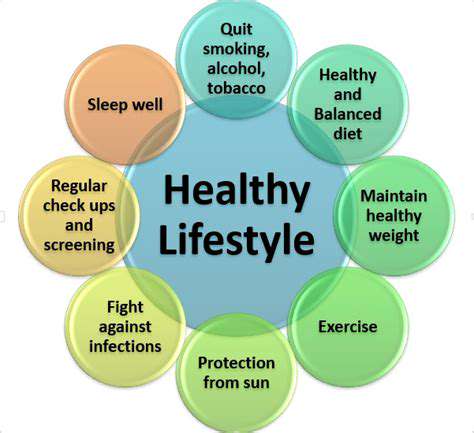

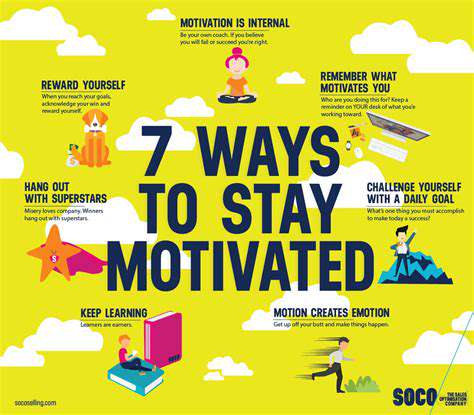


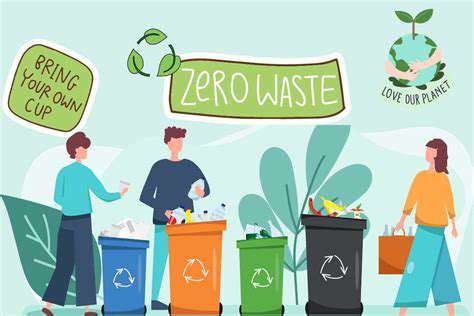
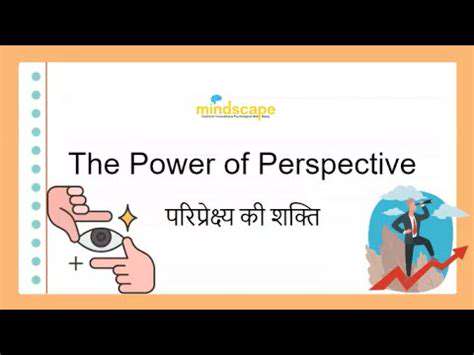
![How to Read Nutrition Labels Correctly [Expert Tips]](/static/images/26/2025-06/MakingInformedChoices3ATakingControlofYourDiet.jpg)
